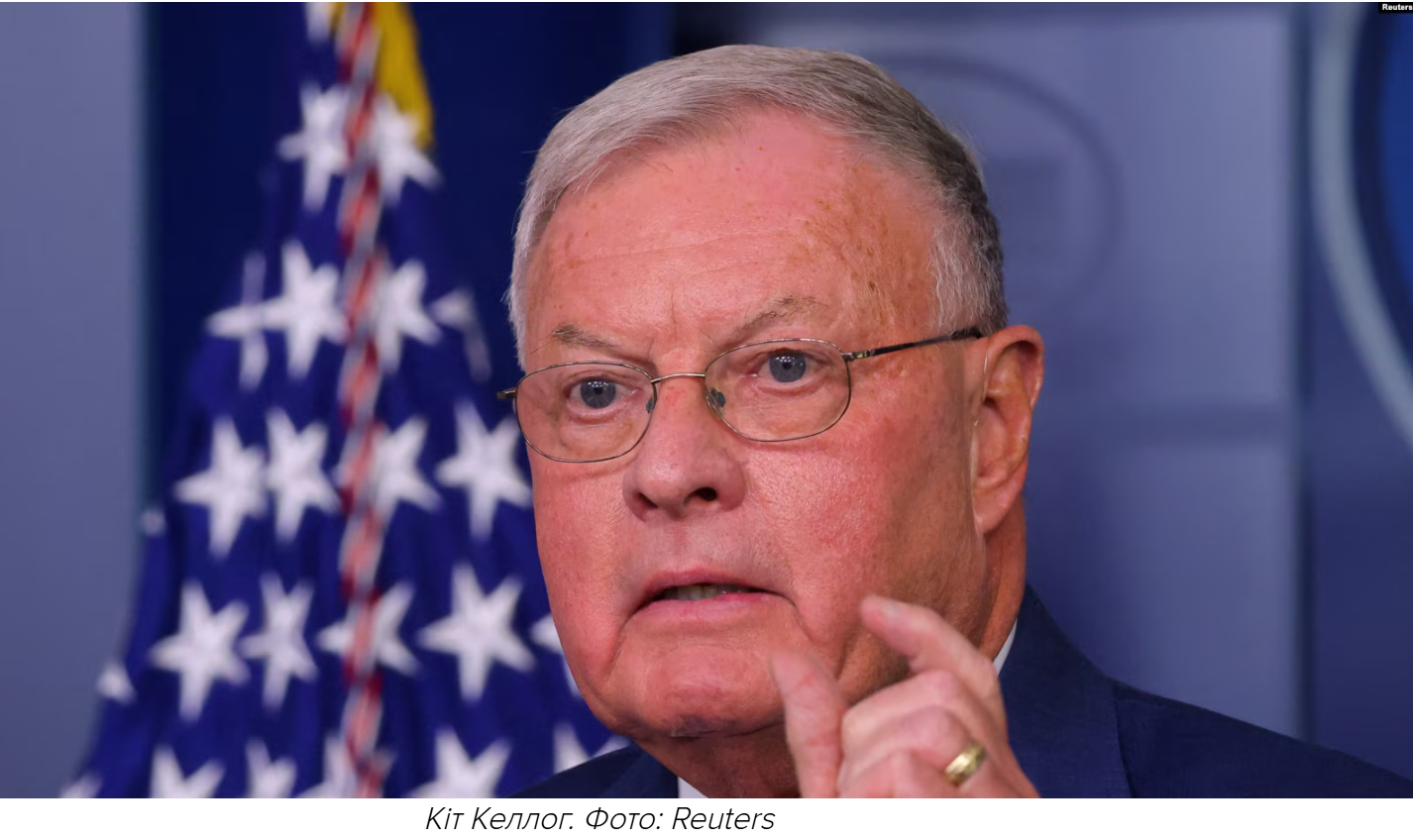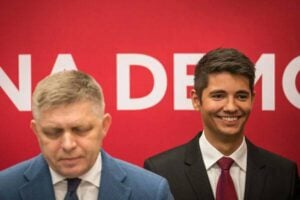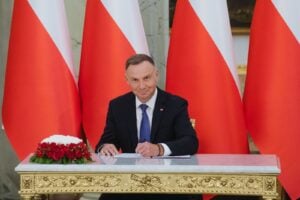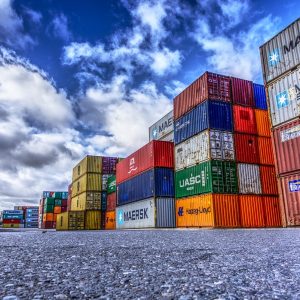Kellogg made a tough statement: we can divide Ukraine “like post-war Berlin”
12 April 01:10
US President Donald Trump’s special envoy Keith Kellogg has said that Ukraine could be divided as part of a peace deal “like Berlin after World War II.” He said this in an interview with The Times, "Komersant Ukrainian" reports
According to the newspaper, Kellogg suggested that British and French troops could occupy the control zones west of the Dnipro River, and the Russian army could occupy the occupied east. In between, there will be Ukrainian forces and a demilitarized zone.
At the same time, he said, the Anglo-French forces “will not be provocative” for Moscow.
According to him, Ukraine is a large enough country to accommodate several armies seeking to achieve a ceasefire.
“We can make it look like what happened to Berlin after World War II, when there was a Russian zone, a French zone, a British zone, a US zone,” he said, later clarifying, however, that the US would not provide any ground forces.


As noted in the article, Kellogg’s proposals implicitly imply that Ukraine will have to give up its eastern territories, which are currently under Russian control.
Kellogg’s statements, the article says, “provide one of the clearest glimpses yet of Trump’s vision for Ukraine’s future” and are “the first suggestion by a senior U.S. official that the Dnipro River could become a demarcation line in Ukraine after a ceasefire.”
Kellogg also reminded that the United States supports holding new elections in Ukraine.
“I think that if you achieve a ceasefire, you will have elections. Because it’s been almost a year since they were supposed to take place, and they didn’t. But I think that Zelenskyy (Ukrainian President Volodymyr Zelenskyy – ed.) will be ready to do it as soon as you reach a ceasefire,” the special envoy said.
In addition, Kellogg warned Ukraine and its allies not to count on US support. According to him, Trump will like the fact that Europe is ready to “stand on its own two feet” without Washington’s direct involvement.
Follow us on Telegram: the main news in a nutshell
Chronicle of US-Russian talks
on February 18, Russian Foreign Minister Sergei Lavrov and Russian Assistant Prime Minister Yuri Ushakov met in Saudi Arabia with an American delegation, represented by Secretary of State Marco Rubio, National Security Advisor Mike Volz, and Special Envoy for the Middle East Steve Vitkoff.
After the talks, the US State Department reported that the delegations agreed to “eliminate irritants” in bilateral relations and continue to work on preparing talks on Russia’s war against Ukraine.
The parties also agreed to appoint high-level groups for further negotiations on Ukraine.
The media reported that the US and Russia discussed a three-stage peace plan for Ukraine, which consists of the following stages:
- A ceasefire.
- Holding elections in Ukraine.
- Conclusion of a peace agreement.
on February 27, negotiations between the Americans and Russians continued in Istanbul. According to the Russian side, they discussed the normalization of diplomatic relations. The Kremlin also allegedly demanded the return of 6 properties that had been seized from Russians in the United States in 2016-2018, and also proposed to resume air travel.
on March 13, Putin met in Moscow with Trump’s special envoy Steve Witkoff. The parties did not make any statements about the results of the meeting, except for the words of Trump’s national security adviser Mike Volz that there are grounds for cautious optimism.
on March 25, the US agreed with Ukraine and Russia to ban attacks in the Black Sea.
Follow us on Telegram: the main news in brief









